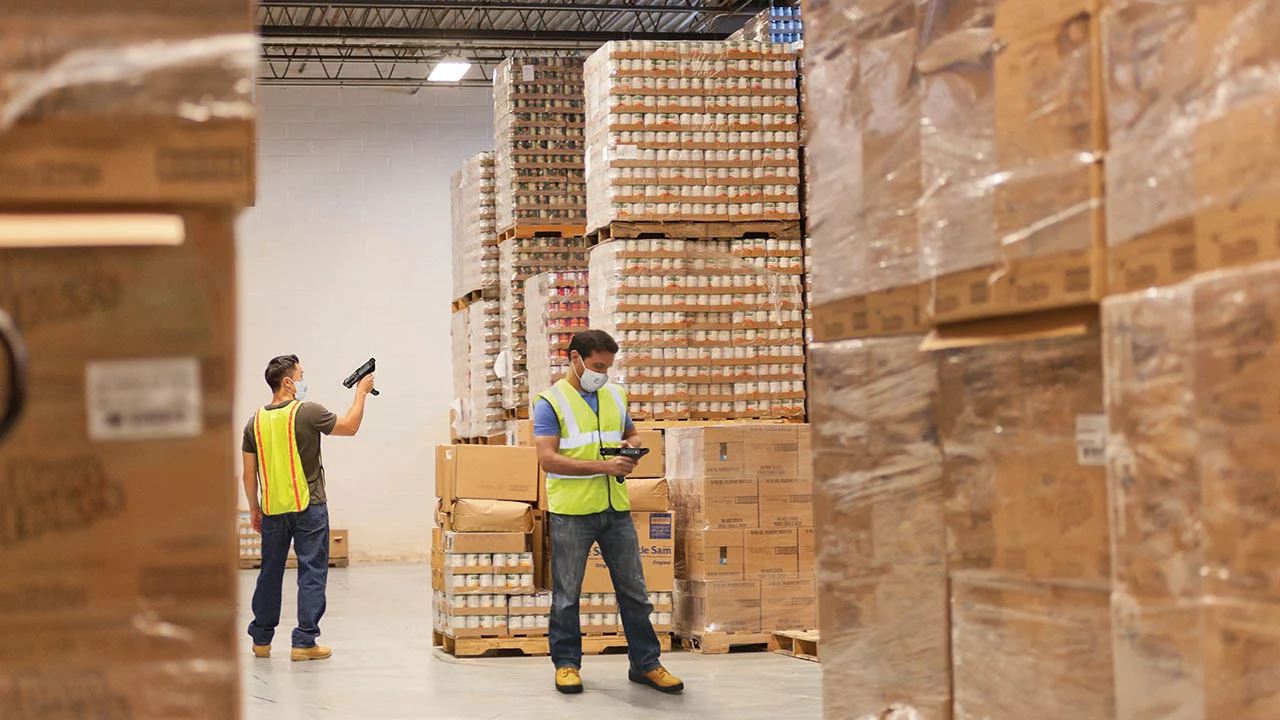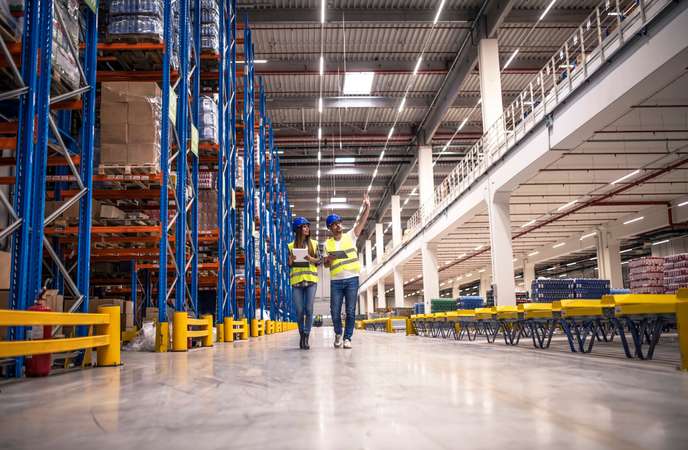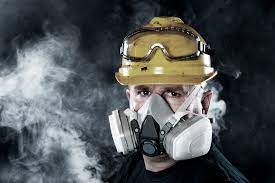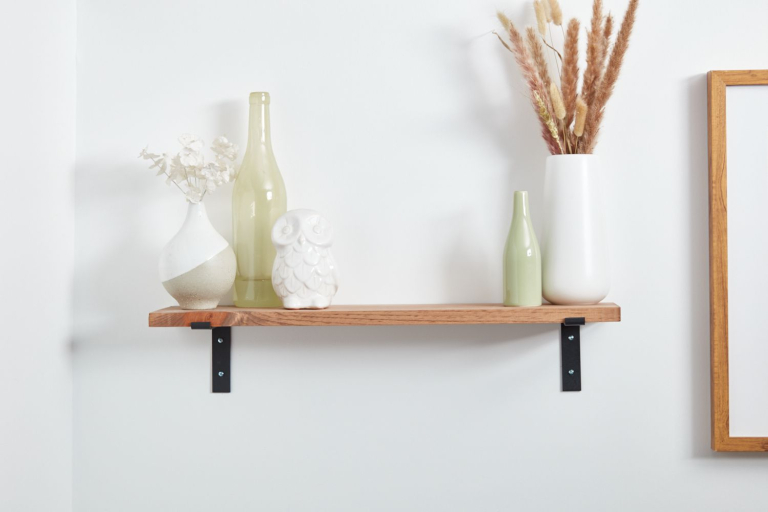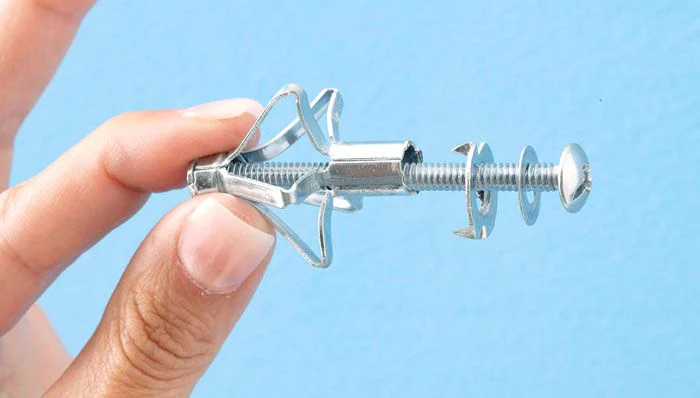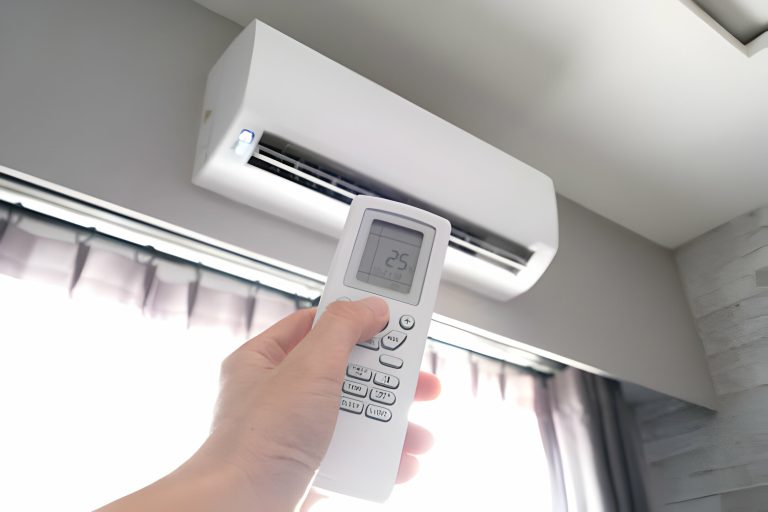How to Improve Workflow with a Warehouse Fit-Out
Efficiency is crucial in any business operation, and warehousing is no exception. An efficient warehouse can increase productivity, decrease errors, and improve the bottom-line results. One way to improve efficiency is by conducting a warehouse fit-out. In this article, we will outline the steps you can take to improve workflow with a warehouse fit-out.
- What is a Warehouse Fit-Out?
- The Importance of an Efficient Workflow in Warehouses
- How a Warehouse Fit-Out Can Improve Workflow
- Stage 1: Planning
- Stage 2: Design
- Stage 3: Installation
- Stage 4: Integration
- Stage 5: Ongoing Monitoring and Maintenance
- Benefits of Improving Workflow with a Warehouse Fit-Out
What is a Warehouse Fit-Out?
A warehouse fit-out involves assessing and redesigning a warehouse’s layout to optimize workflow and increase storage capacity. It can include installing new storage systems, material-handling equipment, and mezzanine storage systems.
The Importance of an Efficient Workflow in Warehouses
A warehouse’s workflow is crucial to its success. A smooth workflow can increase productivity, reduce errors, and improve employee satisfaction. Conversely, a poor workflow can lead to confusion, lost productivity, and even safety hazards.
How a Warehouse Fit-Out Can Improve Workflow
A warehouse fit-out can significantly improve workflow and operational efficiency. It can help you identify bottlenecks and obstacles in your current workflow and design solutions that work toward reducing or eliminating them. A properly designed warehouse fit-out can increase productivity, improve material flow, and improve employee safety.
Now let us take you through the stages of planning and implementing a warehouse fit-out.
Stage 1: Planning
Planning is a critical stage of a warehouse fit-out. It involves conducting a needs assessment and identifying bottlenecks and obstacles in the current workflow.
Conducting a Needs Assessment
Before planning your warehouse fit-out, you need to conduct a needs assessment. The needs assessment should identify your warehouse’s goals, customer needs, and any efficiency problems. The assessment’s outcome should include a list of improvements and changes that are necessary to improve the warehouse workflow.
Identifying Workflow Bottlenecks and Obstacles
During the needs assessment, it is important to identify the warehouse’s bottlenecks and obstacles. This can help you design solutions to address these issues in the new fit-out.
Defining Warehouse Zones and Layout
Defining warehouse zones and layout is a crucial part of the planning stage. Proper zoning helps to organize the warehouse and make the workflow more efficient. It is necessary to identify the layout of the warehouse zones such as storage zones, pick zones, packing zones, and so on.
Stage 2: Design
After conducting the needs assessment and developing a plan, it’s time to create the design for the fit-out.
Creating a 3D Design and Layout Plan
Create a 3D design and layout plan that incorporates the zoning plan designed in stage one. A 3D design and layout plan allows you to visualize and test the new layout before committing to it.
Incorporating Material Handling Systems
Incorporating material handling systems is necessary to ensure efficient movement of products throughout the warehouse. Material handling systems may include conveyor systems, automated guided vehicles, and forklifts. These systems should be incorporated into the new layout plan.
Identifying Mezzanine and Storage Options
Mezzanine storage systems can increase the capacity of the warehouse while keeping the footprint small. Identifying and incorporating mezzanine storage options into the design plan can save both space and cost.
Stage 3: Installation
After completing the design, it’s time to move on to the installation phase.
Scheduling Installation Phases
Scheduling the installation phases is critical to reduce disruptions to the warehouse operation. Installation phases should be planned to occur during slower periods to minimize disruptions.
Preparation Before Installation Begins
Before the installation begins, ensure that the necessary permits are in place, and the warehouse is ready for the installation. This includes preparing the walls, floors, and the installation of the necessary electrical and plumbing systems.
Ensuring Safety and Quality of Installation
During installation, safety should be a top priority. Ensure that the installation team follows safety procedures and unapproved equipment or materials are not used. Quality control checks should be conducted throughout the installation to ensure that the fit-out is being installed as per the design plan.
Stage 4: Integration
After installation is complete, it’s time to integrate the new systems and equipment into the existing workflow.
Testing and Adjusting New Systems and Equipment
Testing and adjusting new systems and equipment is critical to ensure that they are functioning correctly and integrated into the existing workflow. It includes testing the operations workflow, pallet racking system, conveyor systems, and material handling systems.
Staff Training and Education
Once the new systems and equipment have been tested and adjusted, it is important to train the staff to ensure they are familiar with the new systems and equipment. This increases the safety and efficiency of the new workflow.
Increasing Overall Operational Efficiency
Integrating the new fit-out should increase the overall operational efficiency. Ensure that the new workflow is monitored to identify and address any further obstacles or bottlenecks.
Stage 5: Ongoing Monitoring and Maintenance
After the installation and integration phase, it is important to conduct regular monitoring and maintenance.
Regular Inspection and Maintenance of the Warehousing System
Conducting regular inspections and maintenance is necessary to identify worn or damaged components and potential safety hazards. This guarantees continued efficiency and safety.
Identifying Areas for Improvement
During the regular monitoring and maintenance phase, identify areas for improvement. This includes input from staff on the new workflow, any malfunctions or slowdowns experienced, and identifying the cause.
Incorporating Employee Feedback
Incorporating employee feedback is important to improve the warehouse workflow. This feedback can include observations and suggestions for improvement.
Benefits of Improving Workflow with a Warehouse Fit-Out
The benefits of a warehouse fit-out are numerous, and they include:
Increased Efficiency and Productivity
A well-planned and executed warehouse fit-out should increase efficiency and productivity by reducing bottlenecks and obstacles.
Better Material Flow
A new fit-out that includes improved material handling systems and zones that reduce travel distances should improve the material flow within the warehouse.
Improved Workplace Safety and Employee Satisfaction
A properly configured and maintained fit-out can improve workplace safety and reduce hazards that could harm employees.
Cost Reductions and Improved Bottom-line Results
A fit-out that improves efficiency and productivity can lead to cost reductions and improved bottom-line results.
To read more about this topic, check out previous blog post at The Importance of Compliance in Warehouse and Factory Fit Outs
For more general information on building then please visit: https://www.building.vic.gov.au/
Efficiency is critical in warehouse operations. A well-planned and executed warehouse fit-out can increase efficiency, productivity, and profitability while improving workplace safety and employee satisfaction. By following the stages of planning, design, installation, integration, and ongoing monitoring and maintenance, you can significantly improve your warehouse’s workflow.

